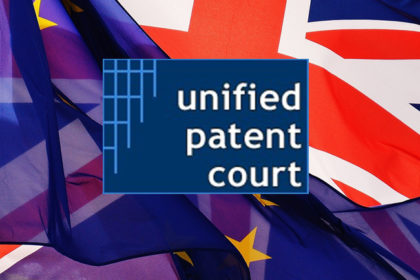The Beijing Higher People’s Court officially issued on 20 April 2017 the revised Guidelines for Patent Infringement Determination, which standardise the judicial rules applicable to patent infringement cases within the Court’s jurisdiction. This decision could influence upcoming legal decisions.

Although the Guidelines are local judicial interpretations, given the fact that the Court is the final-instance court for patentability cases within the country, and has handled massive patent infringement cases, the Guidelines should be influential as an important reference in relevant judicial practice.
The newly issued “Guidelines for Patent Infringement Determination” made revisions based on the “Guidelines for Patent Infringement Determination” issued in 2013 in order to solve outstanding problems in judgment, unify judgment standards, combine summaries of the judgment experience by Beijing High People’ Court and adapt to the latest laws, regulations and judicial interpretations.
The revised Guidelines are divided into 6 parts with 153 Articles, containing of about 21, 000 Chinese characters. They provide guidance on the determination of the following:
- protection scopes of invention and utility model patents;
- infringement of invention and utility model patents;
- protection scopes of design patents;
- design patent infringement,
- acts of patent infringement; and
- defense of patent infringement.
Specifically, this revision elaborates on the following six aspects:
- Added rules for claim construction: the new rules prescribe for the interpretation of such technical contents as usage environment features and subject matter titles, and introduce the interpretation principle of compliance with the object of invention, stipulating that the protection scope of a patent should not include solutions that cannot solve the technical problem or achieve the technical effect claimed by the patent (Art. 4);
- Refined rules on functional limitations and equivalent infringement: this revision specifies four factors of test for identifying equivalents to enhance operability (Art. 46-49) and states that alternative features which the patentee clearly knows or can foresee at the time of filing a patent application or amending the patent application are excluded from the equivalents (Art. 60);
- Refined rules on design patent infringement: this revision distinguishes the test for infringement of a design patent from the trademark confusion test (Art. 79) and stipulates how to determine and use the design space to evaluate the identicalness or similarity of two designs (Art. 82-83);
- Added rules on joint infringement and indirect infringement: this revision gives specific provisions on joint infringement and definition thereof, contributory infringement, induced infringement, and division of liabilities between an entrusting party/assignor/licensor and an entrusted party/assignee/licensee, and states that providing a certain product that is specially used for implementing the technical solution of a patent may constitute joint infringement (Art.116-122);
- Added rules on SEPs and GUIs based on other countries’ experience: Art. 149-153 stipulate the issuance of an injunction relief in SEPs-related litigation, obligations of the patent holder and the accused party during license negotiation on FRAND terms; Art. 73, 77, and 86-88 relate to determination of protection scope and infringement of design patents involving GUIs;
- Added rules on patents obtained in bad faith: the claim of a patent holder will be rejected if there is evidence proving that the patent is obtained from some known solutions or by using fabricated experimental data (Art. 126-127).
The revised Guidelines delineate the determination of protection scopes of patents and liabilities between different parties, thereby increasing the predictability of the trial rules on patent disputes. The publication of the revised Guidelines will benefit Beijing courts at all levels by providing them with unified judicial rules on adjudication of patent infringement cases.
> Our friends from China Patent Agent (H.K.) Ltd. have even more details about it. Check here.
Source:
Text: CPA Newsletter / Mondaq.com






